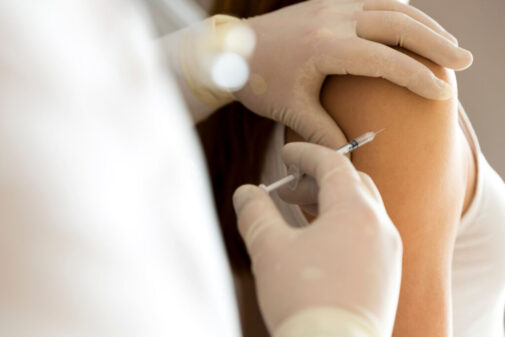Part 2: The fact and fiction of autism

As previously discussed in the first installment of this two-part series, there’s a lot of information—some of it true and some of it myth—floating on the Internet and other sources about autism spectrum disorder (ASD).
Our expert, Dr. Karen Fried, director of Developmental Pediatric Services at Advocate Illinois Masonic Medical Center in Chicago, home to one of the largest autism treatment programs in the Chicago area, shares more of the truths and falsehoods behind some of these commonly held beliefs.
Belief: Autism can be caused by poor parenting.
False.
Dr. Fried says that, in the 1950s, autism was thought to be caused by faulty parenting. That’s when the term “refrigerator mother” was coined. Now, it’s clear faulty parenting is not a cause of autism. Though the parenting theory still crops up from time to time, most researchers reject this theory as misguided and harmful, she says.
There are many interventions for children with ASD, though only few have scientific evidence to support their effectiveness. Applied behavior analysis (ABA) therapy currently has, by far, the most scientific evidence to support its effectiveness in teaching skills and behaviors to children with ASD, Dr. Fried says.
“First and foremost, families need to educate themselves on intervention strategies,” she says. “I highly recommend the Association for Science in Autism Treatment. Their website provides families with information on all the interventions currently out there and the extent to which each one has or doesn’t have scientific evidence supporting its effectiveness for individuals with ASD.”
Parents still get to choose interventions that lack scientific evidence, but Dr. Fried says she feels it’s important that parents have solid, factual information to make informed decisions and be good advocates for their child.
“No matter the intervention strategy, parents and therapists need to use data to measure the impact of what they’re doing,” she says. “If you don’t know how to measure what you’re doing, seek consultation, training or supervision.”
Belief: There is no cure for autism.
True.
“ASD is a lifelong disorder, but treatment plans grounded in evidence-based strategies, like ABA, can be very effective in teaching critical skills and behaviors,” Dr. Fried says. Functional communication and imitation are two critical skill areas to focus on. “Treatment plans coordinated among all the adults in the child’s life will have the best outcome. For example, if Sally is working on verbalizing what she wants with one adult, but can scream to get what she wants from another adult, she is less likely to master appropriate requesting.”
Intensive early intervention is known to make a difference, Dr. Fried says, especially if begun before age three. Solid evidence-based intervention for older children and adults can make a big difference, with functional communication and imitation skills being top priorities.
“The American Academy of Pediatrics recommends screening for autism at the 18- and 24-month well visits for children, whether there is a concern or not,” she says. “Parents can actually go online, print out the screening form, fill it out themselves and hand it to their doctor. Parents need to know they can initiate the process themselves as advocates for their child.”
Dr. Fried recommends checking out the Modified Checklist for Autism in Toddlers, Revised (M-CHAT-R), a validated screening tool for toddlers between 16- and 30-months of age. She says some “red flags” to look for in your toddler are:
- Lack of eye contact and social smiling
- Preference not to be held or cuddled
- Lack of babbling
- Lack of single words
- Unusual use of single words, e.g., can name things (“airplane”) but cannot request even simple things (“juice,” “cracker”)
- Not looking at objects when you point to them
- Not pointing at objects to show interest
- Not responding when spoken to, but responding to other sounds
“Trust your gut. If something doesn’t seem right about your child’s development, don’t let someone tell you otherwise,” Dr. Fried says. “Educate yourself about early, accurate diagnosis and interventions that have evidence versus those that do not. Nice, well-intentioned therapists may recommend interventions that have little or no evidence, and you need to question that. Connect with other parents that have a child with ASD, either in person or online.
“Get to know store owners and emergency responders in your neighborhood. Let them know about your child, as much as you feel comfortable with. Let them trouble shoot with you, so that community life is full and safe for your child and for your family.”
Read part one, here.
Related Posts
Comments
About the Author
health enews staff is a group of experienced writers from our Advocate Health Care and Aurora Health Care sites, which also includes freelance or intern writers.

















